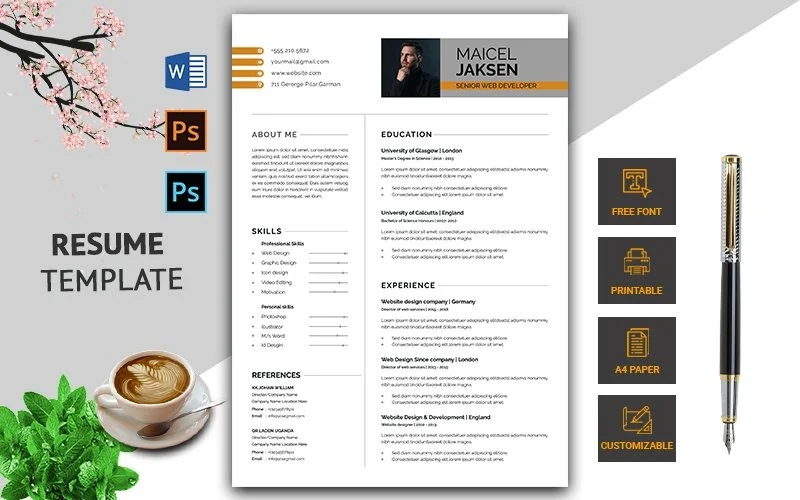A resume is a document that summarizes your qualifications, skills, and experience for potential employers. It is important to ensure that your resume is up-to-date and accurately reflects your skills and experience.
Many employers now require that applicants provide a resume as part of the application process. It is important to be familiar with the contents of your resume and be prepared to discuss your qualifications and experience with potential employers.
The following is a guide on how to train employees on creating a resume.
The first step is to understand the purpose of a resume. A resume is a document that summarizes your qualifications, skills, and experience for potential employers. It is important to ensure that your resume is up-to-date and accurately reflects your skills and experience.
The next step is to gather information about your skills and experience. Review your work history and make a list of your job duties and responsibilities. Make a list of your education and training, as well as any volunteer or extracurricular activities you have participated in.
The next step is to create a resume. Start by creating a heading that includes your name, address, phone number, and email address. Then, list your job history. Start with your current or most recent job and list your job duties and responsibilities. Next, list your education and training. Finally, list any volunteer or extracurricular activities you have participated in.
The final step is to review and revise your resume. Make sure that your resume is up-to-date and accurately reflects your skills and experience. You may also want to have a friend or family member review your resume for feedback.
The following is a list of tips for creating a resume:
– Use a simple, easy-to-read font.
– Use bullets to list your job duties and responsibilities.
– Use proper grammar and spelling.
– Be concise and to the point.
– Use keywords that reflect your skills and experience.
The following is a list of resources that can help you create a resume:
– The Canada Job Bank: http://www.jobbank.gc.ca/
– The Ontario Job Bank: http://www.jobbank.ca/job-search/ontario/
– The Résumé Builder from the Government of Canada: http://www.jobbank.gc.ca/resume-builder
– The Résumé and Cover Letter Builder from the University of Ontario: http://www.uwo.ca/careers/resources/resume_cover_letter/builder/
– The Résumé and Cover Letter Guide from McGill University: http://www.mcgill.ca/careers/resumes-cover-letters/resume-guide
– The Résumé and Curriculum Vitae (CV) Guide from the University of Toronto: http://www.utoronto.ca/careers/resume-cv.htm
Examples of bullet points to show you trained employees
Bullet points are an efficient way to show the qualifications of a candidate. When listing bullet points, use present tense to describe what the candidate can do and past tense for what the candidate has done.
-Proven experience in a similar role
-Strong communication and interpersonal skills
-Ability to work independently
-Excels in a team environment
-Bilingual
These are some examples of bullet points that can be used to show that an employee is trained.
Where to put training experience on your resume
If you’re looking for a job, it’s important to make sure that your resume is as up-to-date and polished as possible. One important factor to consider is where to list your training experience.
There are a few different places you can list your training experience.
One option is to list it under the Education section of your resume. You can also list it under the Experience section as a job title. Another option is to create a separate section on your resume specifically for your training experience.
No matter where you list your training experience, make sure to make it clear what you learned and how it can benefit the company you’re applying to. Be sure to highlight your skills and strengths, and explain how you can use them to help the company achieve its goals.
If you’re not sure where to start, here are a few tips for listing your training experience on your resume:
– Under Education: If you list your training experience under the Education section of your resume, be sure to list the name of the program, the dates you attended, and the name of the school. You can also list any certificates or diplomas you received.
– As a Job Title: If you list your training experience as a job title, be sure to list the name of the program, the dates you attended, and the name of the school. You can also list any certificates or diplomas you received.
– As a Separate Section: If you list your training experience as a separate section, be sure to list the name of the program, the dates you attended, and the name of the school. You can also list any certificates or diplomas you received. In this section, you can also list any other training experience you’ve had, such as workshops, seminars, or conferences.
